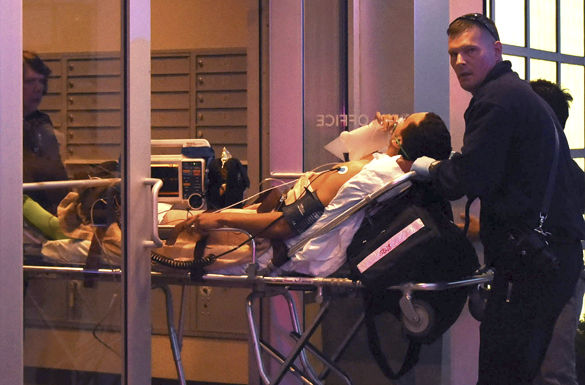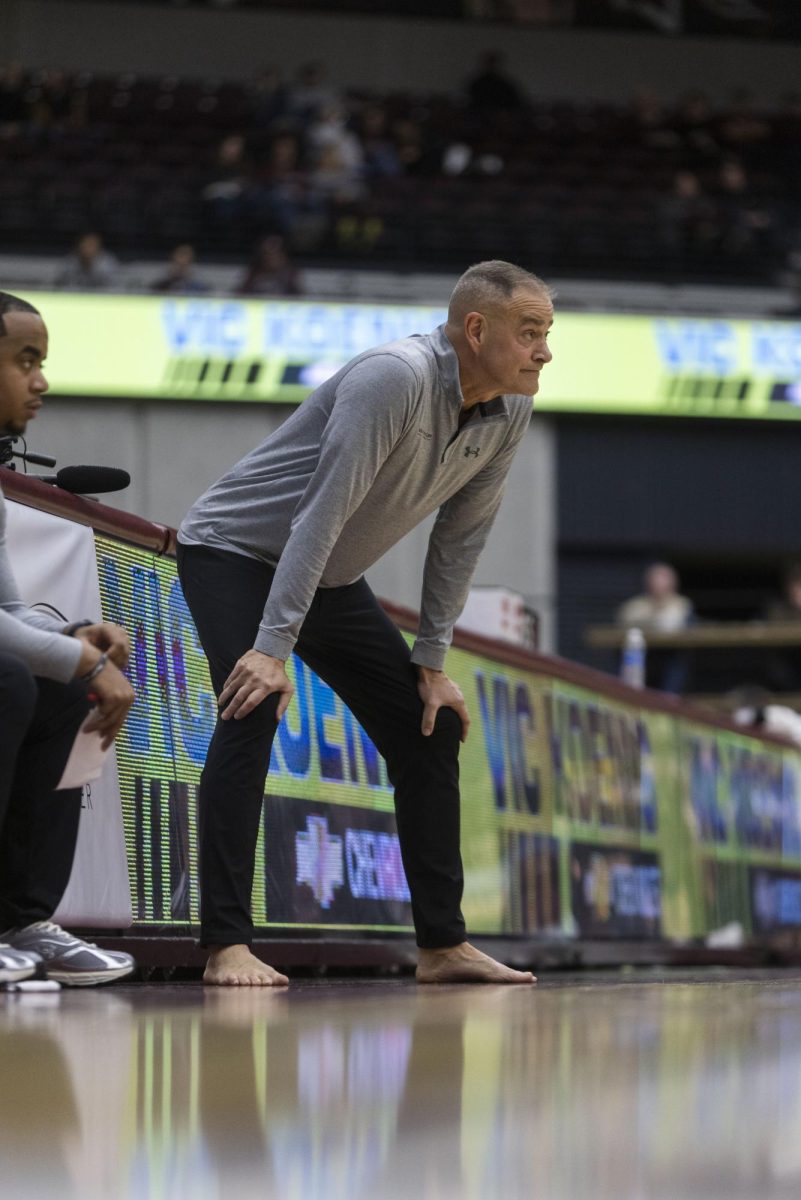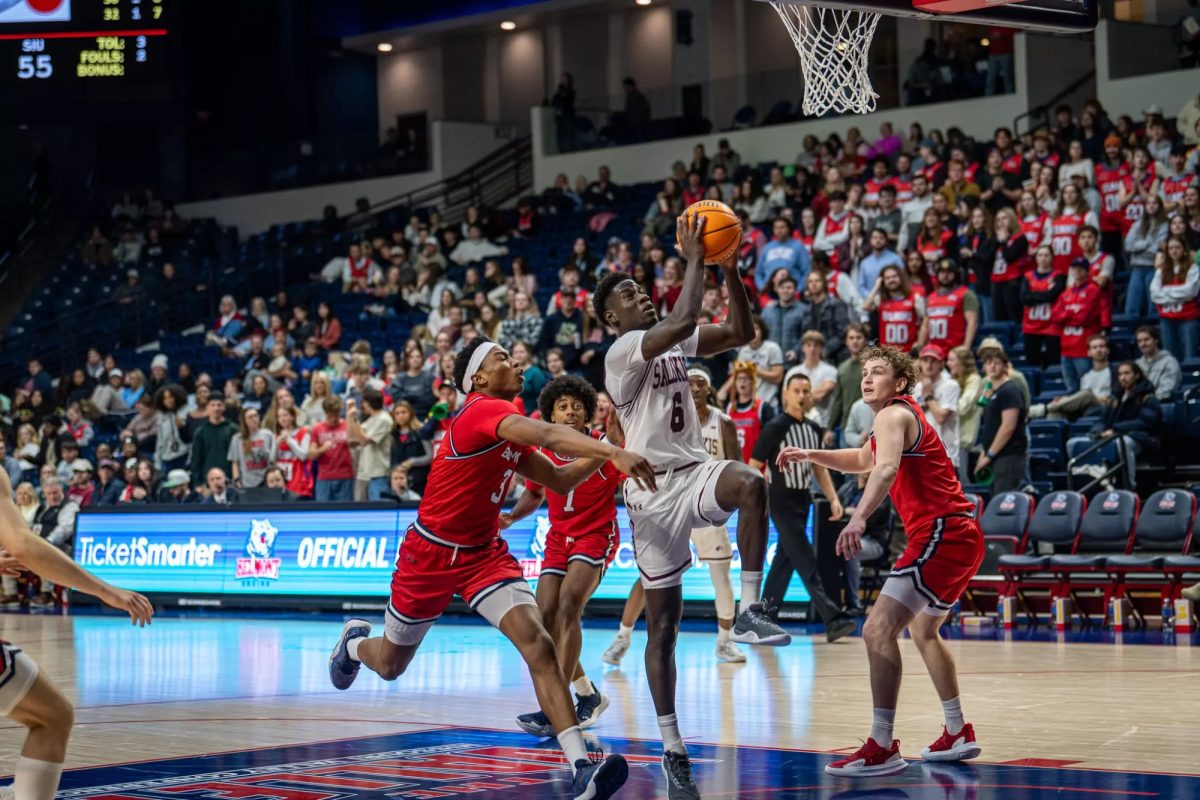Opinion: A photojournalist’s duty

April 19, 2016
When two emergency medical responders look you straight in the eye and yell furiously, most would think you had done something wrong and should feel ashamed. When this happened to me, I felt neither.
I was photographing two first responders wheeling the victim of the March 29 shooting at Evolve Apartments at SIU out of the apartment complex on a stretcher. I was standing on the sidewalk with two other Daily Egyptian reporters, well out of everyone’s way. The officials yelled to “stop taking pictures” and to “not dare publish the photos” with so much hostility I feared they might have physically intervened were they not preoccupied.
The sidewalk was not a crime scene or a restricted area, as evidenced by the presence of pedestrians nearby. Journalists have the First Amendment right to photograph in a public space, so why did these responders attempt to verbally suppress that right?
Advertisement
On a much smaller scale, my personal experience is representative of the frequent struggle photojournalists face in having their profession understood and respected.
Photojournalists perform a public service few other professionals can. They document the very real and oftentimes distressing truths of the world — truths which ultimately influence public policy and promote civilian service. Nothing has the affective power in the hearts and minds of individuals quite like the still image.
By exposing tragedies and injustices in this way, photojournalists provide issues with global attention and move the public to take responsibility for what is seen.
“Journalism can never be silent,” said Henry Grunwald, the former managing editor of Time. “That is its greatest virtue and its greatest fault. It must speak, and speak immediately, while the echoes of wonder, the claims of triumph and the signs of horror are still in the air.”
Rather than physically helping the individual along with others doing so, a photojournalist prevents future suffering by communicating to a broader audience. Due to the indirect nature of this influence, many form negative, short-sighted conclusions about the profession.
A common argument is photojournalists are inhumane for not intervening or helping. Another is that because photojournalists are profiting from their work, they are exploiting their subjects. These criticisms come down to a perceived conflict in values — one’s professional duty versus one’s duty to humanity. People often don’t recognize that it is possible to fulfill both; by initially following their professional duty, photojournalists eventually do serve their duty to human beings.
When it comes to publication, newspapers have an obligation to the public to share images with the potential to influence public debate on important issues. The Daily Egyptian’s portrayal of a victim of gun violence undoubtedly satisfied this condition.
Advertisement*
So what reason did medical responders have to react with hostility?
In the words of photographer Gary Winogrand, “The photograph is not my problem, it’s yours.”
Morgan Timms can be reached at [email protected] or 970-317-0653.
Advertisement







